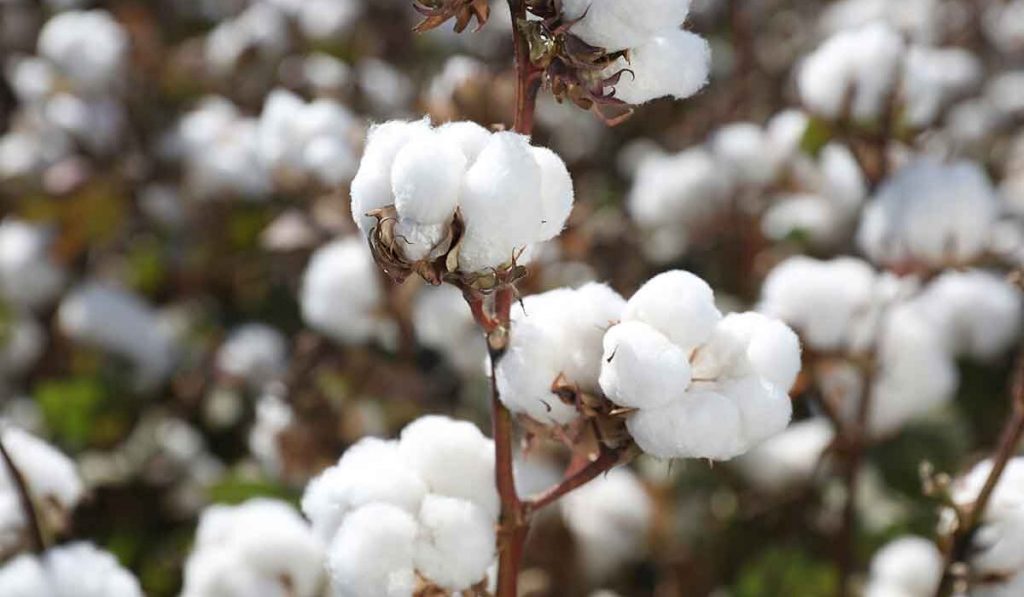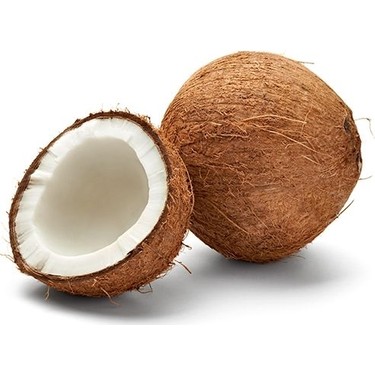Why are fiber crops important?
Importance of Fiber Plants Fiber plants can be defined as a group of plants from which fiber is obtained from plant parts such as fruits, stems, leaves and seeds. Although it is known that the most important problem of today is nutrition, the need for fibers, especially textiles and ready-to-wear clothing, is not less than the need for nutrition.
Fiber plants are plants that have been used since the early periods of history and have a special place among industrial plants today. Fiber plants are generally known as a plant raw material used in the textile industry. However, fiber plants are used in many areas of human life. They are used in many fields such as textile, twine, rope, broom, brush, filling, knitting, paper, construction, building material, packaging materials, ornaments and oil industry.

The stems and pulp obtained after harvesting are used as feed in the livestock sector. For technical purposes, it is used in the production of paper, gunpowder and photographic films. Apart from these, there are also fiber plants used in medicine in the medical sector. In addition, the leaves and flowers of some fiber plants are used in the production of drugs such as cannabis, which pose a great threat to human and public health. However, with the production of synthetic fibers in recent years, the importance and production of fiber plants other than cotton has decreased significantly. Today, half of the fibers used in the world are obtained from natural fibers (cotton, wool, silk, linen and other fibers), while the remaining half is obtained from synthetic fibers.
General Characteristics of Fiber Plants
It is estimated that there are about 1000 fiber plant species in the world that can be economically benefited from their fibers. While some of these plants can be grown in our country, some of them are adapted to different climatic zones. In order for a plant to be defined as a fiber plant, it must meet the following criteria.
- Production cost should be low.
- Fiber should be easy and economical to obtain.
- Cultivation should be suitable for mechanization.
- The plant should have a good response to agricultural approaches.
- It should be different from synthetically obtained fibers.
- Fibers should not be harmful to human and environmental health. Today, economically used fibers can be examined in two main groups as natural and synthetic fibers. In this respect, fibers can be classified as follows.
Natural Fibers Animal Fibers: Wool, mohair, silk, fleece, down and camel hair. Mineral Fibers: Glass fiber, asbestos, mineral yarn. Plant Fibers: Fibers of plant origin are fibers obtained from the stems, leaves, fruits and seeds of plants. Vegetable fibers are divided into two groups: a) Soft Fibers: Fibers suitable for weaving. b) Hard Fibers: Fibers suitable for knitting.

EXAMPLES OF FIBER CROPS
Rami Plant: is a shrubby perennial fiber plant grown in China, Thailand, Brazil, Korea and the Philippines. The fibers obtained from this plant are very durable. Plant height is between 1-2.5 m. Plant life varies between 6-20 years and can be harvested 5-6 times a year. It can be grown without irrigation in places with an annual rainfall of 1000 mm. It is not selective in terms of soil requirements. It can be easily grown in places with good drainage and a pH value of 5.5-6.5. Harvested at the beginning of flowering. Fiber is obtained by pooling method.
Jute Plant: Jute is an annual, herbaceous, tropical and subtropical plant that is widely cultivated in India and Pakistan. It is a taproot plant and can go 1-1.5 m deep. Plant height varies between 1.5-4.5 m. Fiber length varies between 1-3.5 m. Fiber is obtained by pooling method after harvest. Materials such as cheap and flimsy sacks and runners are made from jute fibers. It can be grown in Adana, Hatay and Antalya in the southern regions of our country.
Hibiscus (Kenaf): It is a plant that grows in tropical and subtropical countries and is native to India. The annual hibiscus plant has a taproot system that can go 1 m deep. Plant height varies between 3-4 m and fiber length between 1-3 m. There are thorns on the plant stems. Its fibers are white and shiny and are stronger than jute. Fiber is obtained by pooling method after harvest. Seeds contain oil and are used like sesame seeds.
Manila Hemp: It is so named because it is exported from the port of Manila in the Philippines. It is a tropical plant that resembles a date palm tree, has a lifespan of 8-20 years, belongs to the banana family, is perennial and fiber is obtained from its leaves. The fibers are found in bundles inside the leaf sheaths. Harvesting is done when the plant starts flowering. Fiber length varies between 1-3 m and is quite strong. Its fibers are especially resistant to sea water. The fibers are used to make ship ropes and sailcloth.
Sisal Hemp: Fiber is obtained from the leaves of sisal hemp, whose homeland is Mexico. It has long, fleshy and scabbard-shaped leaves. Sisal hemp is a perennial plant. The sisal plant can be used for fiber production when it is 7-8 years old. A crop can be obtained from one plant for 15-20 years. Sisal fibers are in the form of cell bundles that are attached to each other. The average length of the fibers is 1 m and the fiber color varies from white to yellow and brown. The fibers are used for making sacks, packaging ropes and ropes.
Loofah: Loofah is an annual climbing plant with dark yellow flowers, from the fruits of which fiber is obtained, and the dried fruit shells are pooled to obtain fiber. Its fruits are cylindrical and fibrous inside. It is a plant with oily seeds. The fibers are used for cleaning in kitchens and bathrooms.
Climate Requirements of Fiber Crops
Fiber crops, which are included in industrial plants, are plants that are planted and grown as summer crops. For this reason, they like very sunny climates. Other fiber crops, especially cotton, also like sunny, clear weather and high temperatures. The rainfall requirements of fiber crops are quite high. High rainfall is required for economical fiber plant cultivation. It is very important that this amount of precipitation is at or above the average of our country (658 mm) and its distribution over the seasons.





